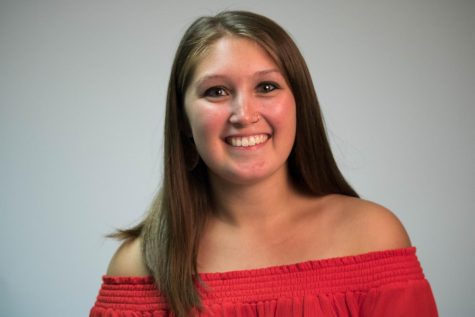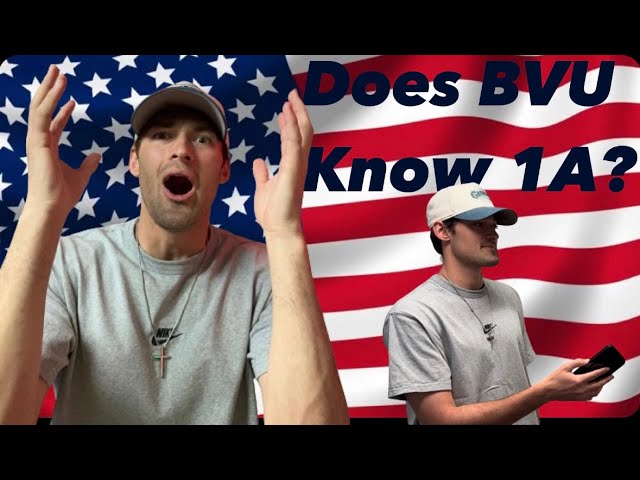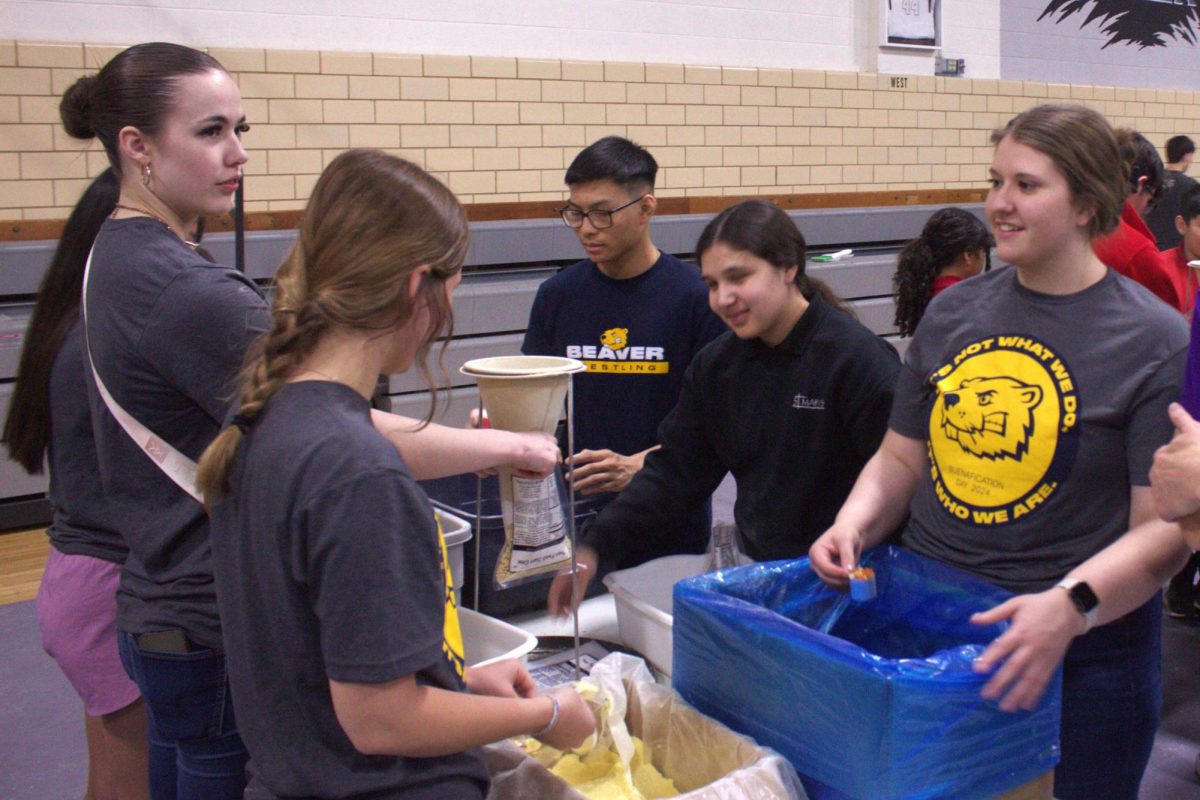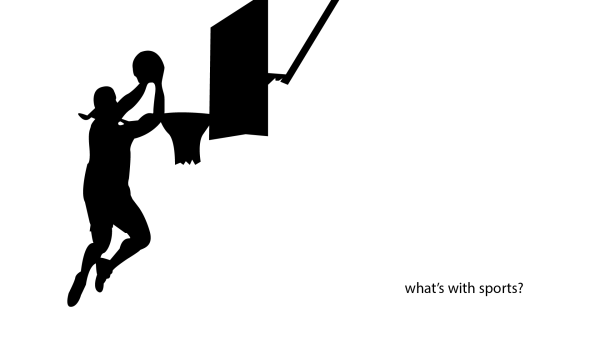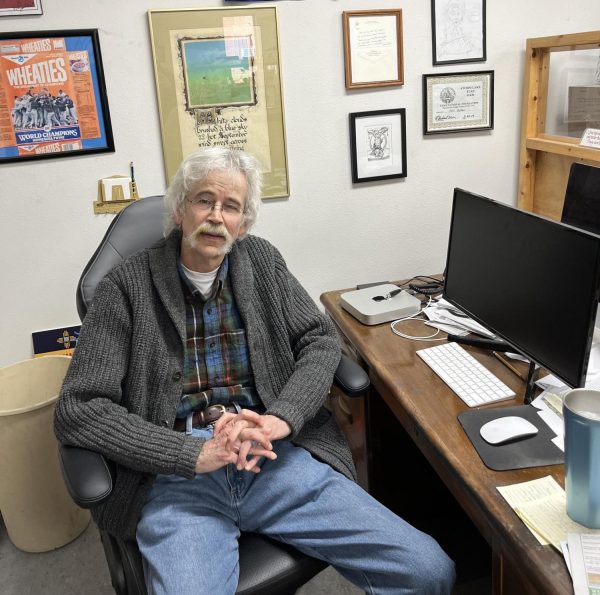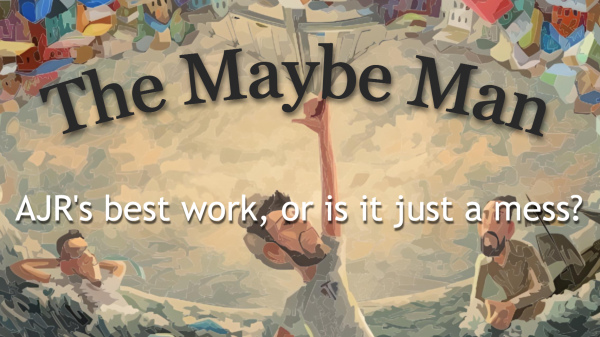Little Activity during Active Shooter Simulation
May 16, 2018
With all of the school shootings happening across the United States, I have found myself asking, “What would happen if that happened here at BVU? Do we have a protocol?” It’s not like we have ever practiced a lockdown drill. Do our students have to fear an attack?
A couple weeks ago, I was able to go to the Active Shooter Simulation hosted by Students Against Violent Environments (SAVE). I went in thinking it was going to be an active simulation, where someone acted like a shooter, and we would run through possible situations we could experience. In fact, on my way to the simulation, my friends were upset with me because I was wearing flip flops instead of something more athletic like tennis shoes.
More often than not, I’m wearing flip flops, so if I am going to be trained on how to handle myself during a sudden traumatic experience, I should try to keep it as realistic as possible.
We were all very surprised when we were grouped in mass onto the bleachers, in front of a PowerPoint. In the back of my mind, I was thinking, “Okay, maybe they are going to start with a formal introduction and someone will come running into the gym and freak us all out, that way it seems more realistic.”
No. This was not the case.
The hour and a half PowerPoint presentation discussed definitions and standardized protocols such as lock doors, stay away from windows, and escape when you can.
It was nothing like I had expected. The most hands-on part was when the speaker, a police officer, passed around a tourniquet and other materials police officers use to stop the bleeding of a gunshot wound.
Despite being slightly disappointed by lack of actual activity, I did leave the simulation with information I feel is useful to me, along with possible suggestions for improvement should a shooting incident occur.
The speaker had someone look at a stop watch and told them to yell after four seconds. He pulled out a fake gun, used for active shooting trainings, and started the timer. He proceeded to act out “shooting” people down the row in the bleachers. By the time the individual yelled that time was up, 9 people were “dead or wounded.” Four seconds. To put that further into perspective, the officer told us that it takes about six minutes for police to get to the scene. Six minutes for the police to arrive on the scene, that doesn’t even mean they are stopping the shooter yet. If 9 people could be killed in four seconds (with a glock pistol, not a semi-automatic rifle), imagine what could happen in the additional five minutes and 56 seconds. It is a really scary thought to me.
The officer also made sure to share a suggestion with us. That if people are ever in a shooting situation, try to make sure people always know where the shooter is.
For example, here on campus, if a shooter was in the forum, people in the fieldhouse or the science center would be able to leave safely, while those at the serve would be at risk. It would be useful for the campus to know where the shooter is so that they would know if they have enough distance to escape safely.
We also learned that it is a good idea to attack the shooter if you have a large group of people. The reason for that is because the shooter may become flustered and not know who to attack, giving you time to take them down. Once the shooter is restrained, take the gun away from them and place it in a trash can (as suggested by the officer), so that if officers enter the building, they don’t think you are the shooter. Also, with the gun in the trash, the shooter won’t know where you put their gun, allowing extra safety.
Through discussion, I also came to learn that it would be impossible to actually learn through hands on simulation because no shooting incident is the same.
There are always different environments, different people, and different weapons. Rather than memorizing different scenarios, it’s better to simply remember to escape if you can, disarm the shooter in groups, and separate everyone from the gun until police come and have the situation under control.
Although the simulation wasn’t what I thought it would be, I am still very glad I went. Now I feel like I have background knowledge to fall back on, rather than constantly worrying about what to do.




